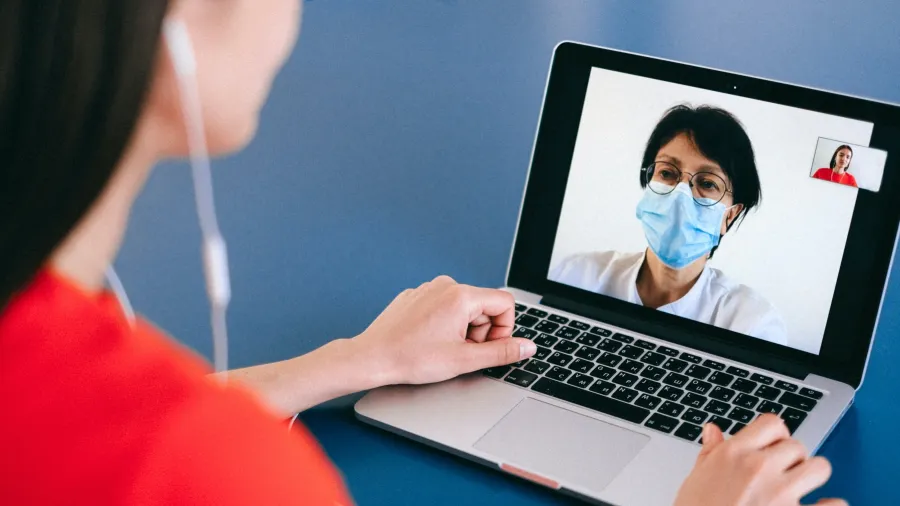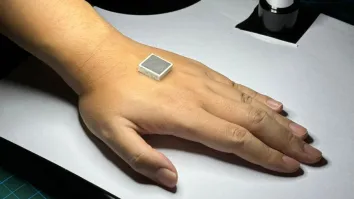
Asia maintains high telemedicine usage in 2022
Digital native apps led in Asia where private insurance coverage in some markets is low.
Telemedicine apps, a key catalyst for digital healthcare adoption in Asia that saw a surge in usage during the COVID-19 pandemic, have retained high usage levels throughout 2022, staying well above 2020 levels, said a report from Bain.
The average monthly active app users reached 257 in 2022, which was even higher than 213 in 2021, based on data from Bain.
Digital native companies took up 80% of monthly active app users in 2022, while the remaining 20% were served by provider-owned apps. But the provider-owned apps have expanded its share of users from 7% in 2020.
READ MORE: Apollo Hospitals collaborate with UAE-based hospital in telemedicine
“Digital-native companies continue to lead the telemedicine market in Asia, though provider-owned apps have recently started gaining share. Traditional healthcare providers have the advantage of offering digital and in-person services to an existing, trusting patient base,” the report stated.
But telemedicine adoption may have significantly more headroom in some countries. Usage in Malaysia, Thailand, and the Philippines, whilst fast-growing, considerably lags usage in Singapore, India, and Indonesia, the report noted.
In mature healthcare markets, such as the United States and Europe, service providers have scaled up digital health services in the existing business-to-business (B2B) ecosystem.
In emerging Asian markets, where private health insurance coverage remains low, and private provider groups are fragmented, digital natives have been able to play a more meaningful role, the report noted.
To capture the opportunity, both providers and digital natives can offer a wide range of end-to-end services across digital and in-person care, Bain said.
“Digital natives can establish themselves as a first touchpoint of care through telemedicine apps. And providers can, and should, invest aggressively in digital capabilities to deliver more holistic access to care,” the report stated.



















 Advertise
Advertise





